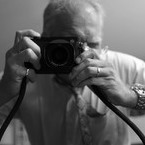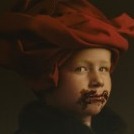Very Low Light Stuff
-
Recently Browsing 0 members
- No registered users viewing this page.
-
Similar Content
-
- 4 replies
- 240 views
-
- 3 replies
- 318 views
-
Low Clouds
By fotografr,
- 1 reply
- 135 views
-
- 11 replies
- 944 views
-
- 7 replies
- 286 views
-





Recommended Posts
Join the conversation
You can post now and register later. If you have an account, sign in now to post with your account.
Note: Your post will require moderator approval before it will be visible.